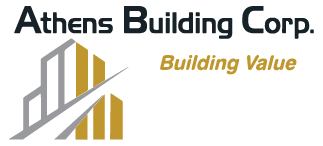Athens Building Corporation is awarded the contract for the Salt Barn Renovation in Charlottesville, Virginia. The Salt Barn will soon move into the rebuilding phase, where new framing, updated systems, and modern materials will replace what was removed. Each step brings the project closer to providing a more durable, efficient, and weather-resistant facility to support winter operations for years to come.
May 2025
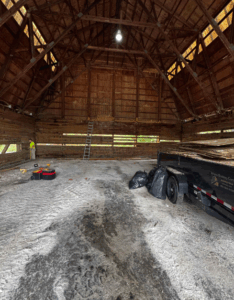
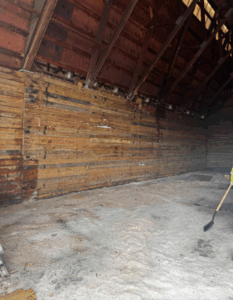
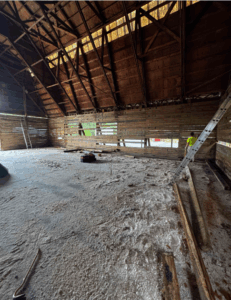
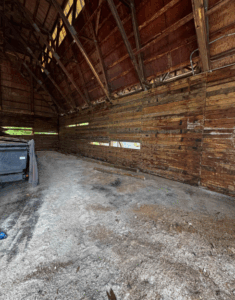
The start of the Salt Barn Renovations begins, as all construction projects do, with demolition. This critical first phase sets the stage for everything that follows. Before new structures can rise, the existing elements must be carefully dismantled and removed. Crews begin by taking down deteriorated components, clearing out old materials, and preparing the site for the upcoming improvements.
Demolition isn’t just about tearing things down—it’s a strategic process. Every step is planned to ensure safety, protect surrounding areas, and salvage any materials that can be recycled or repurposed. By stripping the structure down to its core, our team can properly assess the foundation, identify any hidden issues, and create a clean slate for the reconstruction work ahead.
June 2025
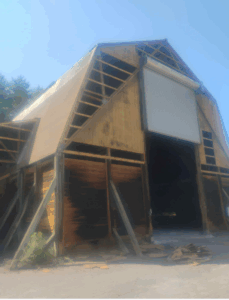
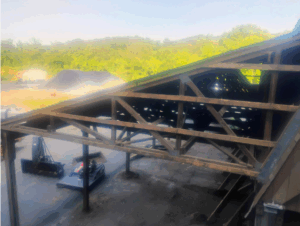
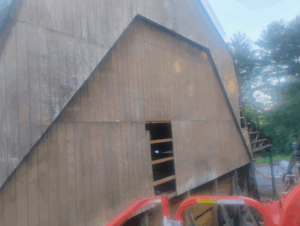
More demolition!
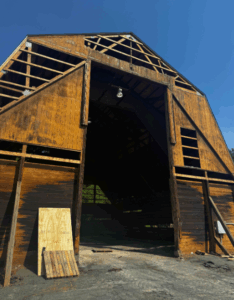
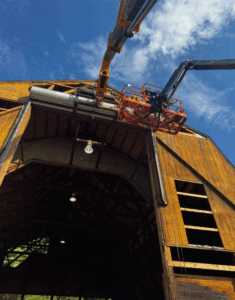
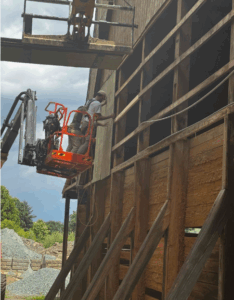
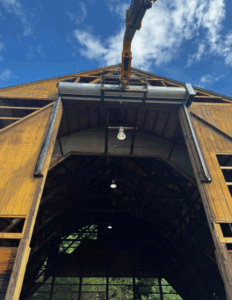
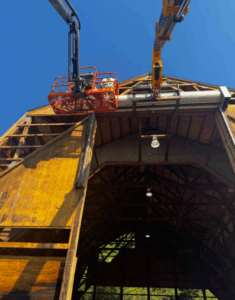
Demo of the roll up door! Roll-up doors are a common choice for salt barns because they provide easy, wide access for trucks, loaders, and other heavy equipment used to move and distribute road salt. They are designed to withstand frequent use, heavy loads, and harsh winter conditions.
July 2025

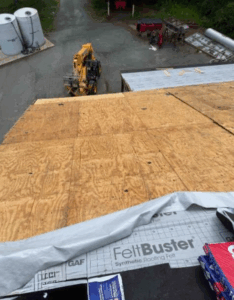
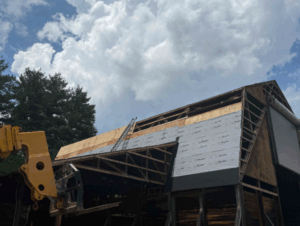
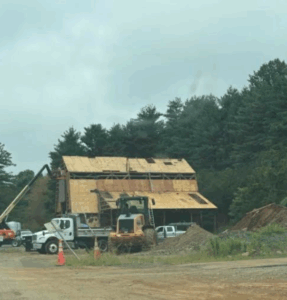
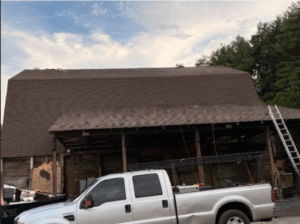
Following demolition, attention shifted to the roofing of the Salt Barn. With the old roof structure removed and debris cleared, the crew began preparing the framework for the new system. Structural inspections were conducted to verify the integrity of the remaining supports and to confirm that load-bearing components could handle the updated design specifications.
Once cleared, new trusses and roof framing were set in place. Precision was required here, as the geometry of a salt barn roof is critical to ensuring proper snow and rain runoff, as well as long-term durability under heavy seasonal use. Crews utilized lifts and rigging equipment to safely position and secure each member before fastening.
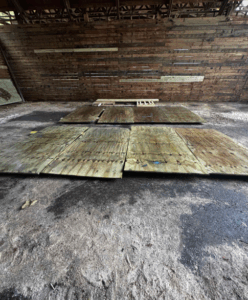
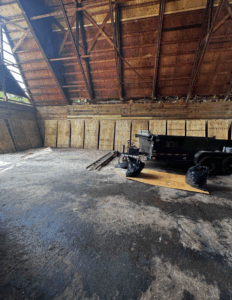
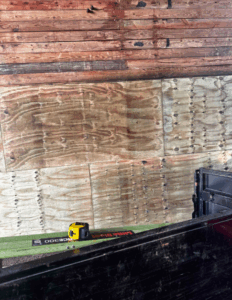
Following the roof installation, crews focused on weatherproofing the interior of the Salt Barn. Moisture barriers, insulation, and sealants were applied to protect the structure and stored salt from water intrusion and temperature fluctuations. These measures ensure the barn remains dry, durable, and fully operational throughout the winter season.
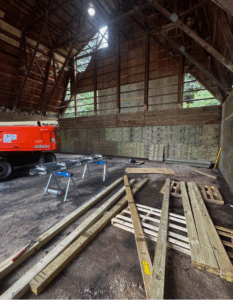
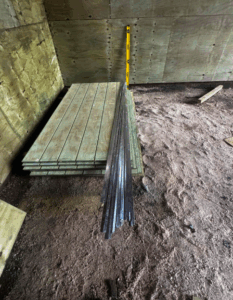
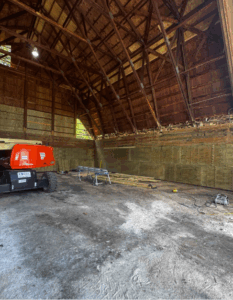
Plywood installation to the interior and exterior walls
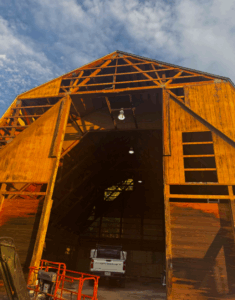

On the exterior, plywood panels were secured to the framing to provide structural support and create a solid surface for siding or cladding. This layer also adds rigidity to the walls, helping the building withstand wind loads and the stresses of heavy snow.
